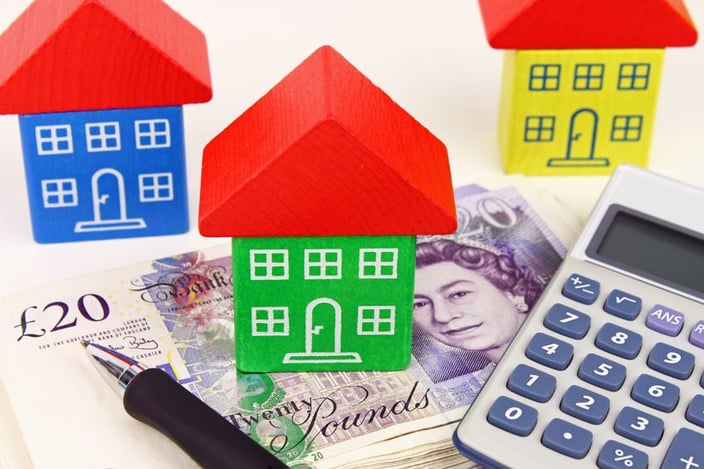BLOG
Common expenses that you can set against your rental income

The Chancellor appears to have it in for landlords at the moment. There is the stamp duty land tax supplement of 3% on purchases of second and subsequent residential properties where completion is on or after 1 April 2016, the restriction in interest rate relief from April 2017 onwards, and the failure to benefit from the cut in capital gains tax from 6 April 2016.
In this harsher climate, it is perhaps worthwhile making sure you have not overlooked any deductible expenses when working out your profit for your property rental business.
Wholly and exclusively
The wholly and exclusively rule applies to determine whether an expense is deductible – if it has been incurred wholly and exclusively for the purposes of the property rental business, it passes this test.
Revenue not capital
A deduction against profits is only available if the expenditure is revenue in nature rather than capital. Broadly, revenue expenses are those incurred in the day-to-day running of the business. By contrast, capital expenditure is that incurred in purchasing or improving an asset, and would include costs of extending or improving the property, a fitted kitchen or expenditure on office equipment or vehicles. However, a deduction is available for replacement furnishings from April 2016.
Expenses checklist
The following is a list of common expenses that may be deducted when computing profits (as long as the wholly and exclusively test is met):
interest on loans to buy the property (but not capital repayments);
letting agents’ fees;
accountants’ fees;
legal fees for lets of a year or less or for renewing a lease of 50 years or less;
utility bills (e.g. gas, electricity);
buildings and contents insurance;
cleaning costs;
maintenance costs (but not improvements);
costs of a gardener;
telephone calls;
stationery and postage;
advertising;
staff costs;
ground rent and service charges; and
council tax.
This list is not exhaustive.
Replacement of furnishings
From April 2016 a deduction is available for the costs of replacing furniture, furnishings, appliances (including white goods) and kitchenware. The amount of the deduction is the cost of the replacement item (capped at the cost of an equivalent to the item replaced if the replacement is superior to the original) plus any incidental costs of acquiring the new item (such as delivery) or disposing of the old item, less anything received for the old item.
This deduction replaces the 10% wear and tear allowance but, unlike the wear and tear allowance, is not limited to furnished lets.
Need to know: Make sure you have taken out all of your deductible expenses when working out the tax on your property rental income.
Please get in touch with us at Inform if you need further advice on common expenses and your rental property or for any other tax related matters.
Read more of Inform's tax blogs:
Claiming marriage allowance- are you eligible?
Reducing your payments on account
Main residence relief and periods of deemed occupation






.jpg?width=1500&height=1000&name=amy-hirschi-K0c8ko3e6AA-unsplash-(5).jpg)

